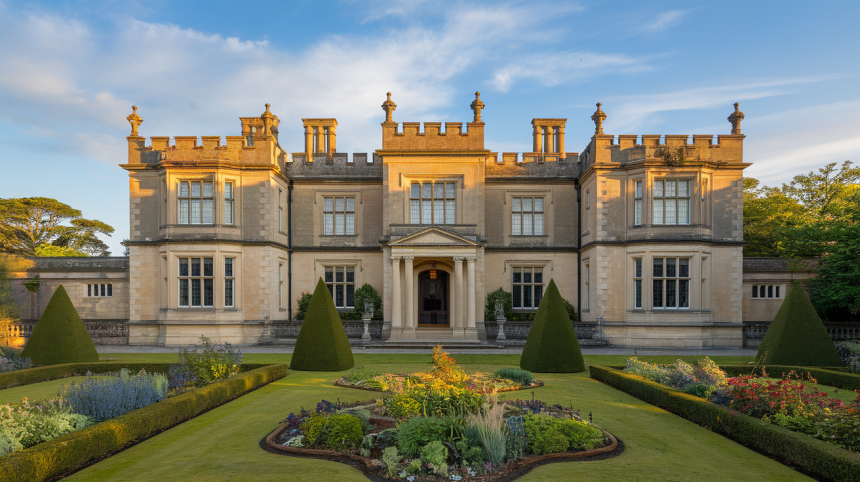Have you ever wanted to step back in time among stone walls that whisper stories of the past? English manor houses offer this rare chance to see how nobility once lived, with gardens that stretch for acres and rooms filled with history.
From Tudor mansions with ornate chimneys to Georgian homes with perfect balance, these buildings show the skill of craftsmen who worked hundreds of years ago. Each house holds its own tales of royal visits, famous owners, and centuries of changes.
This guide will show you 12 must-see manor houses across England that will make your next trip unforgettable. Each one offers something special, from art collections to stunning grounds.
Ready to plan your tour of England’s finest homes? Let’s begin.
The Historical Importance of the English Manor House
English manor houses stand as key markers of British history through the centuries. They show how wealth and power worked in rural England from medieval times forward. These houses served as centers for local communities and shaped the English countryside we see today.
Manor houses were more than just homes for rich families. They were:
- Centers of local government where courts were held and taxes collected
- Hubs of farming activity that managed the surrounding lands
- Showcases of wealth that displayed a family’s status
- Places where architectural styles changed over time, from medieval halls to Tudor structures
- Homes where cultural trends in art, furniture, and garden design took form
The stones and timber of these buildings tell stories of how England grew and changed. Wars, social shifts, and economic ups and downs all left their marks on these houses. Many families owned the same manor for hundreds of years, creating a living link to the past.
Today, these houses help us understand how people lived, worked, and thought in times gone by.
Top 12 English Manor Houses Straight Out of a Fairytale
Step into a world of timeless romance, grand architecture, and enchanting gardens as we explore the most magical English manor houses that look like they were lifted from the pages of a storybook.
1. Highclere Castle, Hampshire
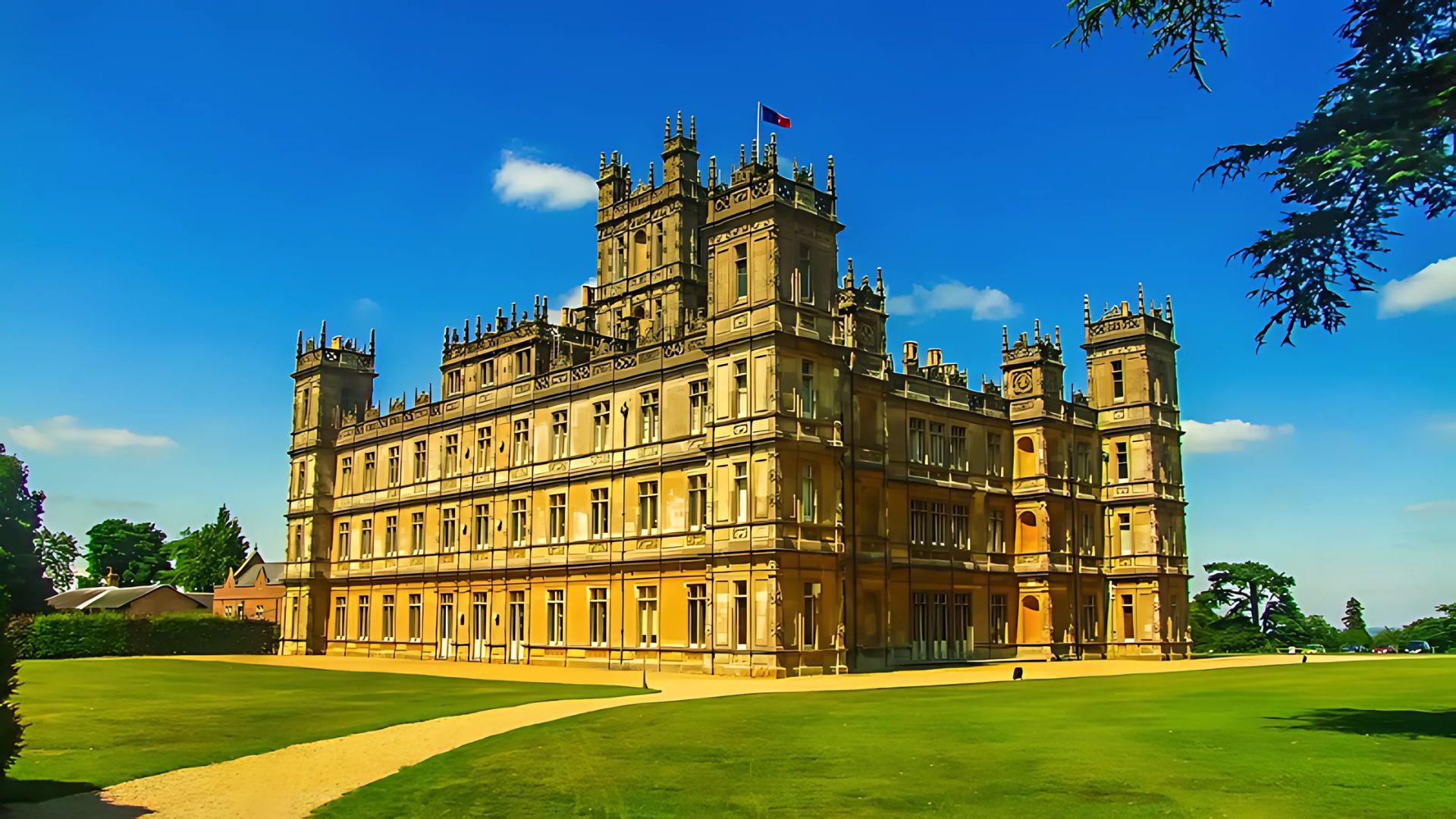
Famous as the setting of Downton Abbey, Highclere Castle draws TV fans and history buffs alike. The Victorian Gothic mansion shows the work of Sir Charles Barry, who also designed the Houses of Parliament.
Visitors can tour state rooms filled with Egyptian artifacts, walk through gardens designed by Capability Brown, and see special exhibitions about the castle’s role as a hospital during World War I. The castle remains home to the Earl and Countess of Carnarvon.
2. Chatsworth House, Derbyshire
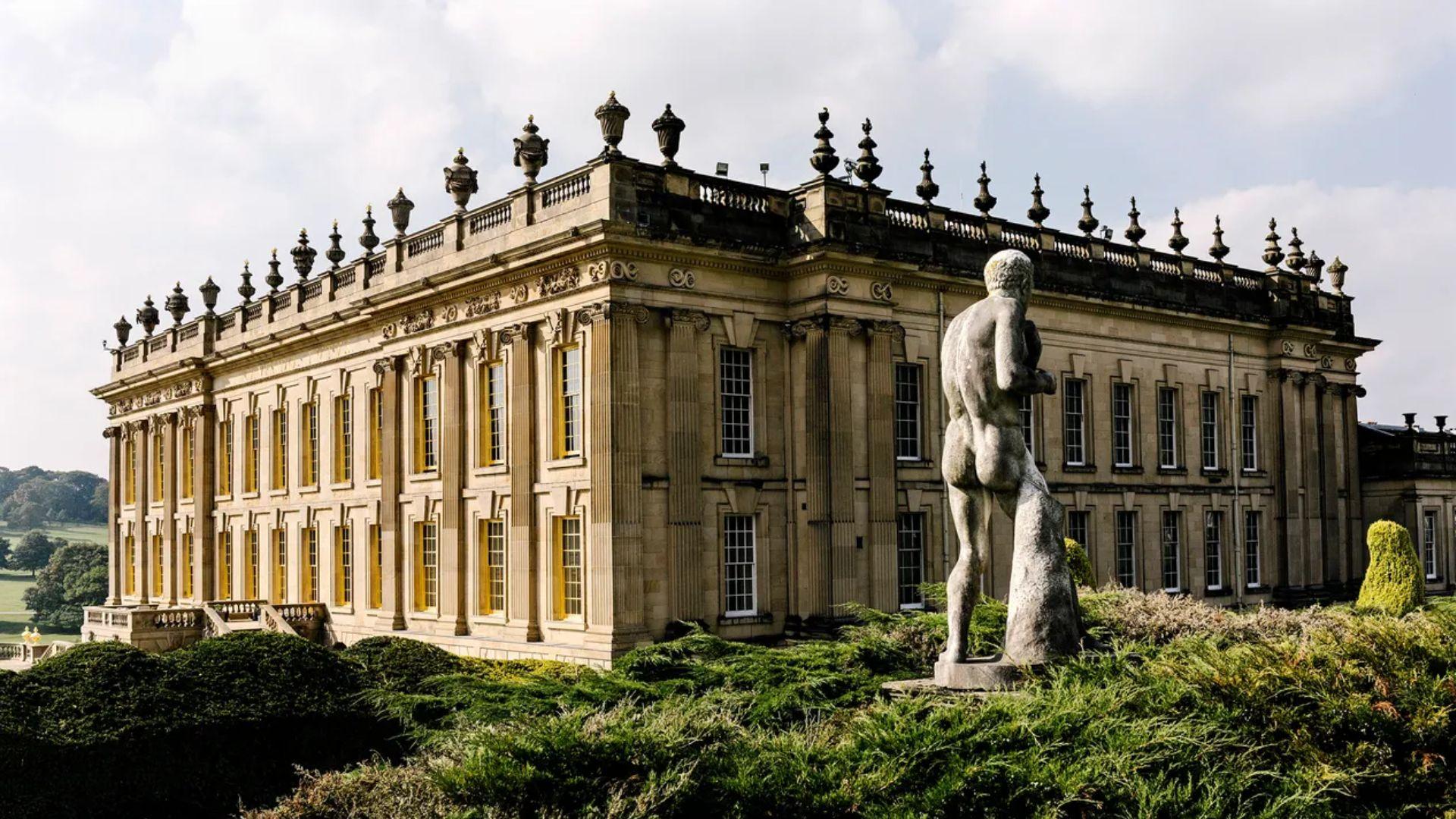
Known as one of England’s greatest stately homes, Chatsworth has been in the Cavendish family for over 16 generations. The house holds a vast art collection with works spanning 4,000 years.
Visitors marvel at the sculpture gallery, the painted hall, and the state rooms with their detailed ceilings. The 105-acre garden features a maze, rock garden, and the famous Emperor Fountain. Special events run throughout the year, including the Chatsworth Flower Show.
3. Blenheim Palace, Oxfordshire
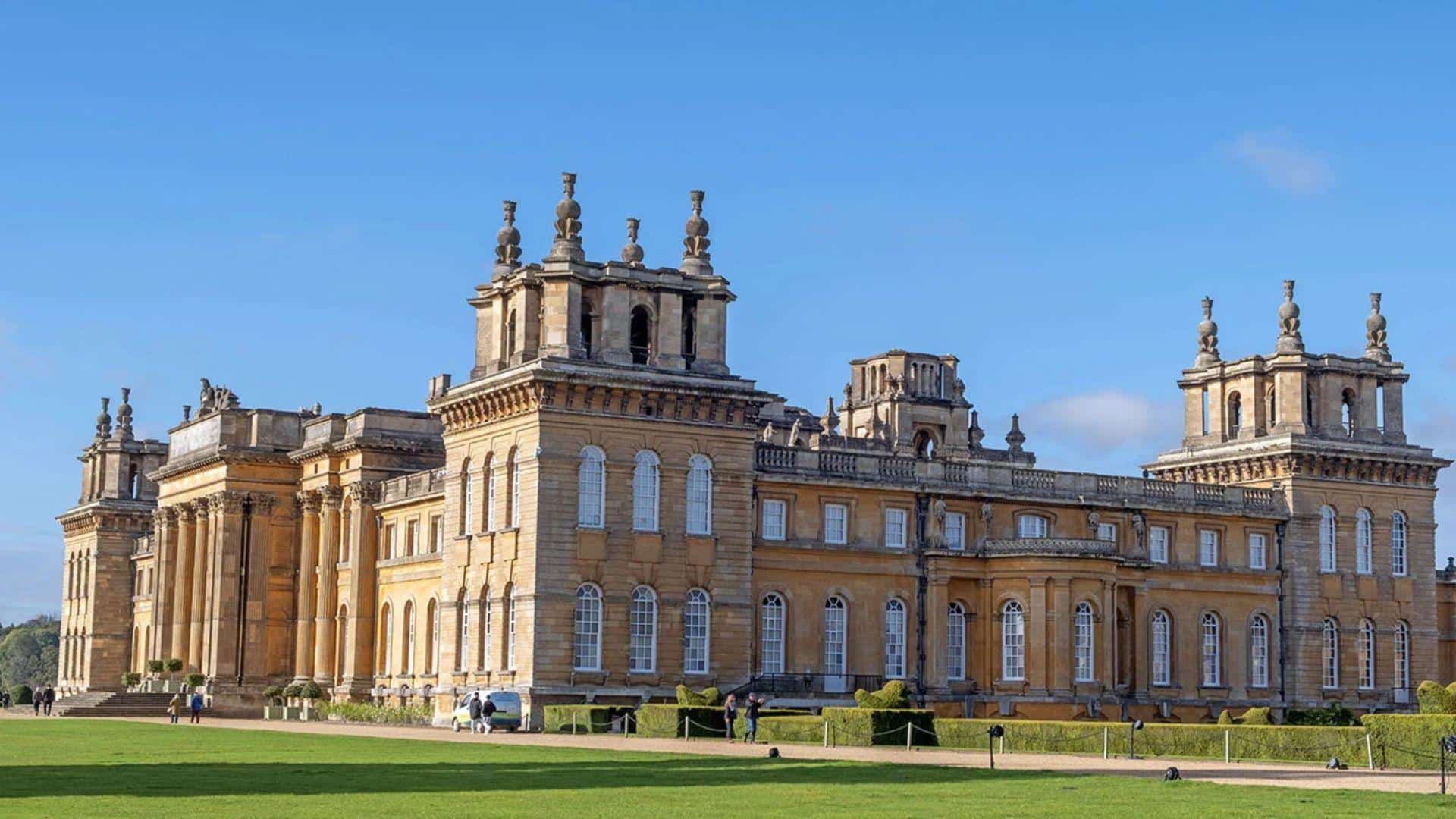
The birthplace of Winston Churchill, Blenheim Palace, stands as the only non-royal house in England with the title “palace.” This UNESCO World Heritage Site showcases impressive Baroque architecture and spans over 2,000 acres of parkland.
The palace was built as a gift to the 1st Duke of Marlborough after his victory at the Battle of Blenheim. Inside, visitors find grand state rooms, the Churchill Exhibition, and formal gardens with water terraces.
4. Hatfield House, Hertfordshire
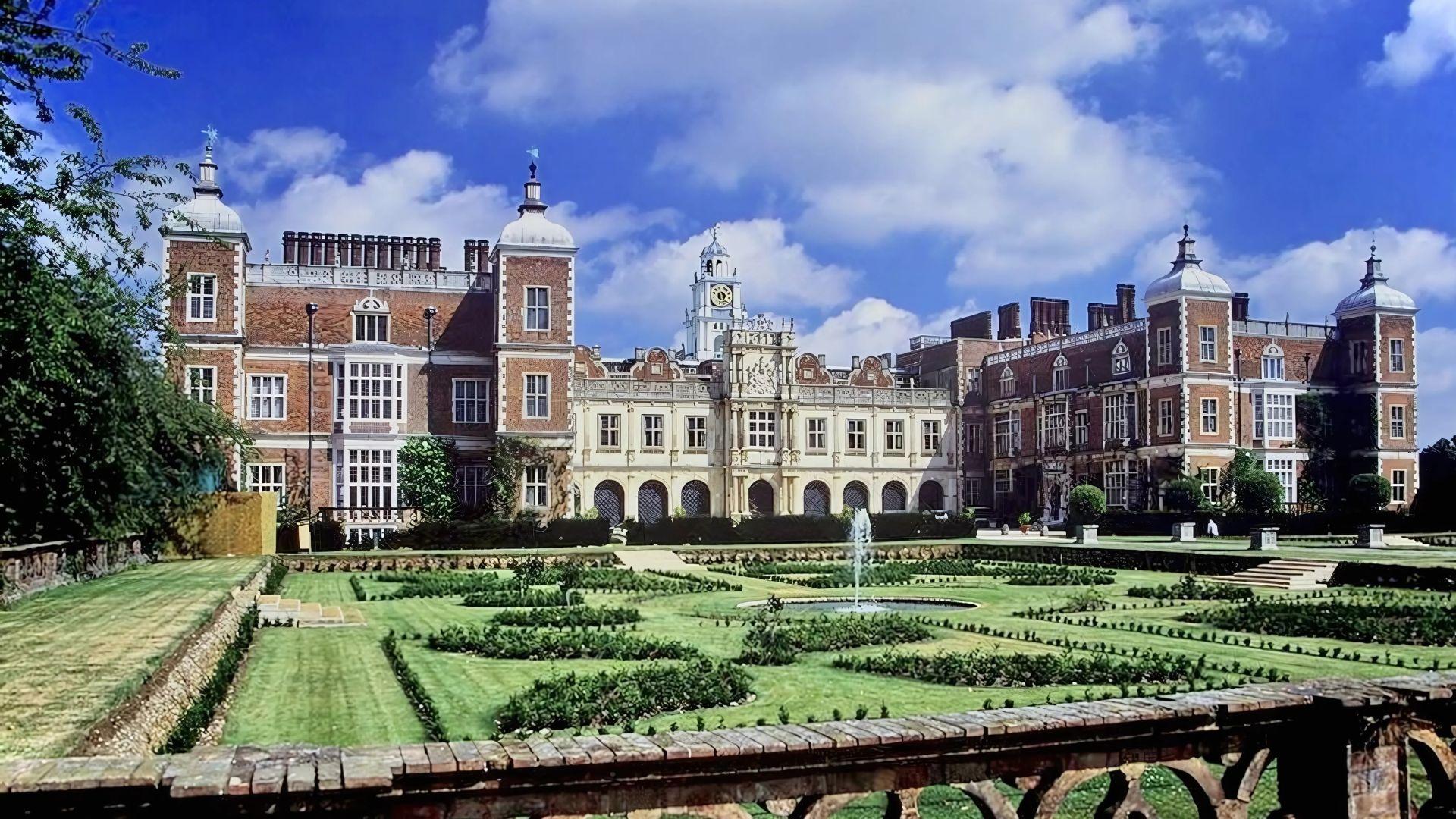
A prime example of Jacobean architecture, Hatfield House has strong ties to Tudor history. Queen Elizabeth I spent much of her childhood here, and the famous Rainbow Portrait hangs in the house.
Built in 1611, the house contains rare furnishings, armor, and paintings. The gardens feature a scented garden, woodland walks, and the Old Palace garden where Elizabeth learned she would become queen while sitting under an oak tree.
5. Waddesdon Manor, Buckinghamshire
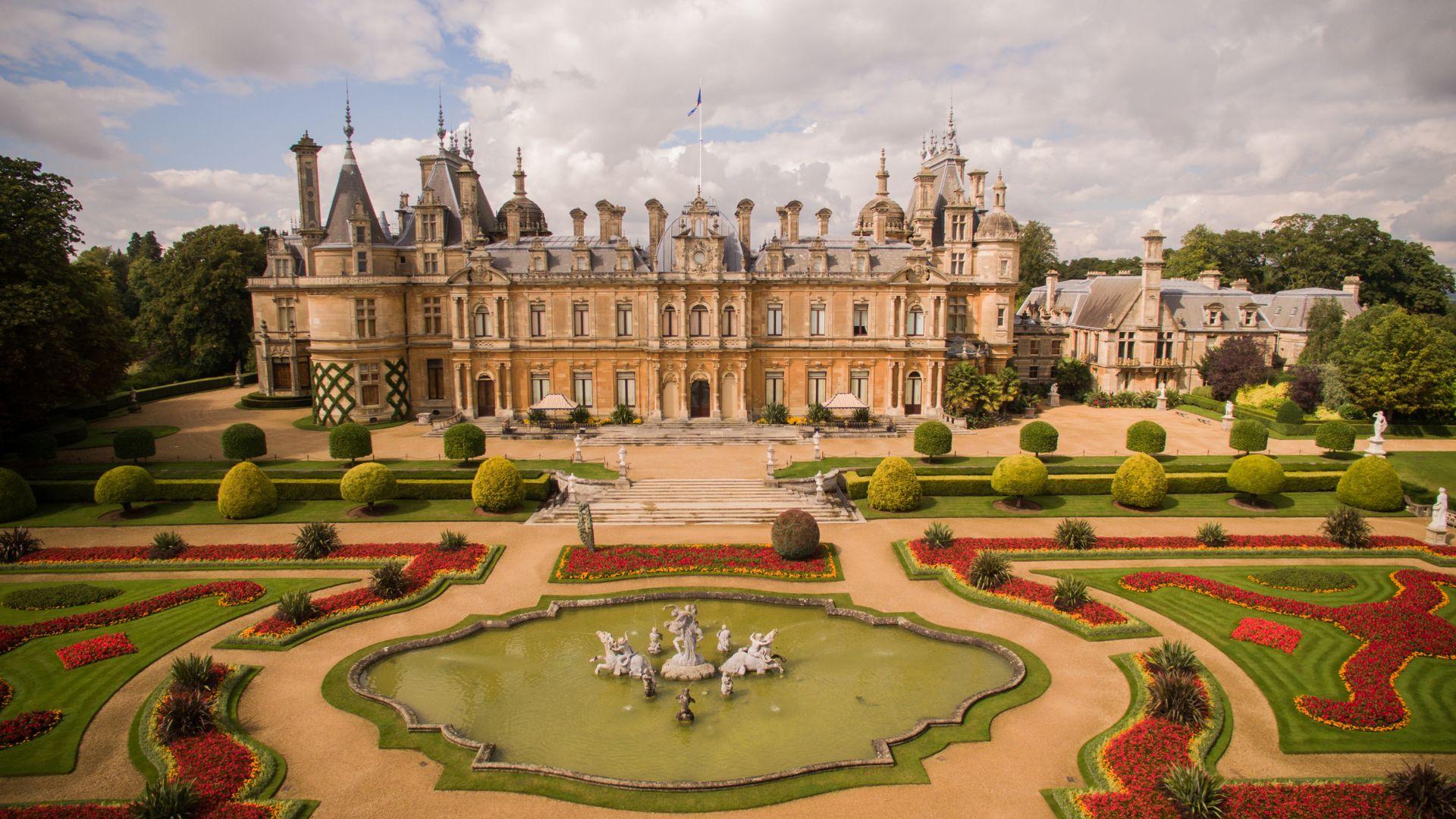
Built by Baron Ferdinand de Rothschild in the Neo-Renaissance style, Waddesdon Manor looks more like a French château than an English manor house.
The interiors house French royal furniture, Sèvres porcelain, and works by famous painters like Gainsborough. The grounds feature formal gardens with ornate fountains and a Victorian aviary. The manor is known for its wine cellars, which hold many rare bottles from the Rothschild vineyards.
6. Haddon Hall, Derbyshire
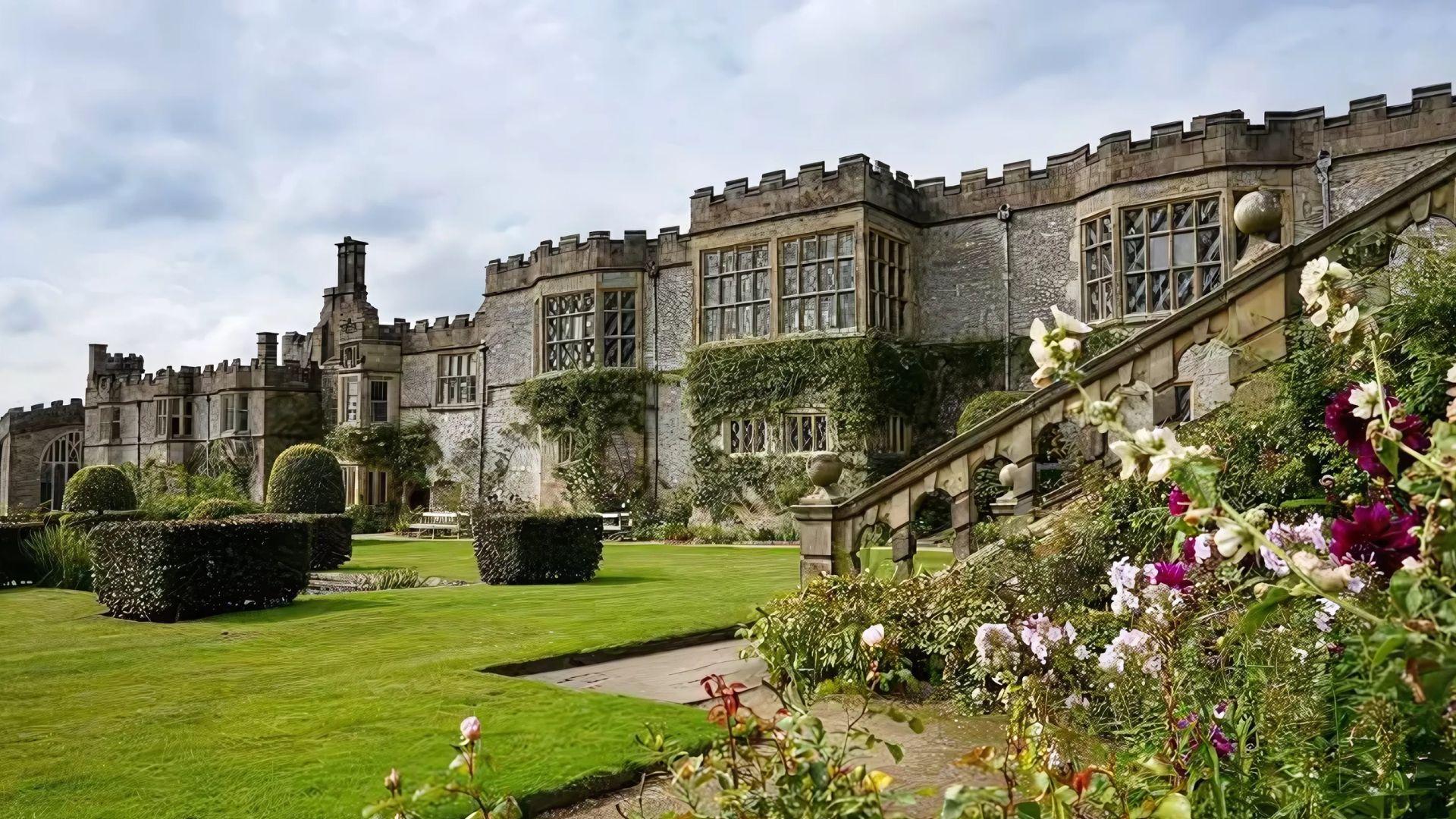
One of the best-preserved medieval manor houses in England, Haddon Hall dates from the 12th century. Film crews often use it as a location for period dramas like Pride and Prejudice and The Other BoleynGirl.
The house feels frozen in time with its medieval kitchen, long gallery, and chapel with rare 15th-century wall paintings. Terraced gardens slope down to the River Wye, creating a romantic setting that draws visitors year-round.
7. Wilton House, Wiltshire
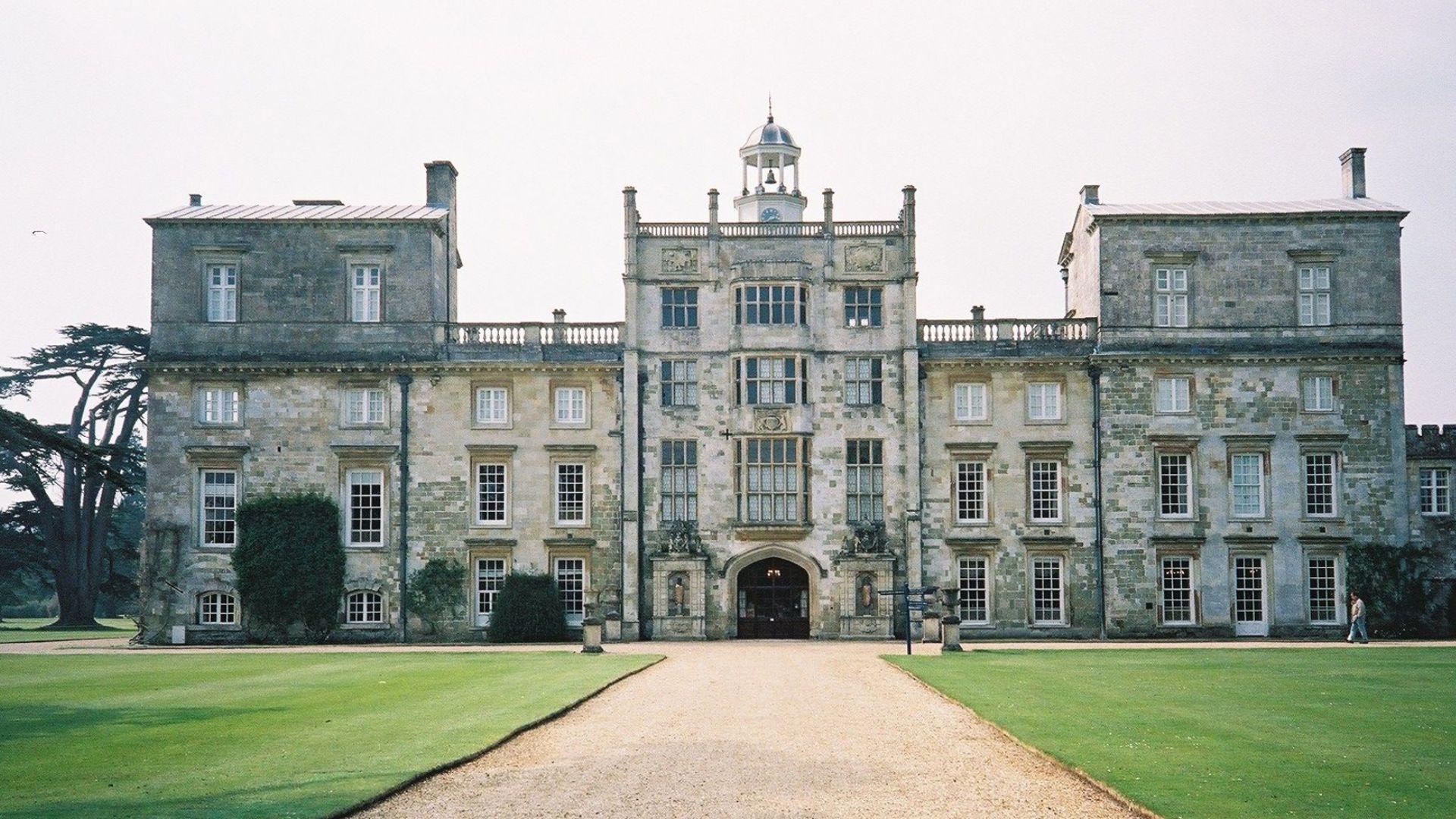
Home to the Earl of Pembroke for over 400 years, Wilton House holds some of the finest art in private hands. The Double Cube Room, designed by Inigo Jones, displays famous Van Dyck portraits of the Herbert family.
The grounds feature a Palladian bridge that spans the River Nadder and inspired many copies worldwide. Children enjoy the adventure playground, while garden lovers come for the Japanese water garden and rose garden.
8. Penshurst Place, Kent
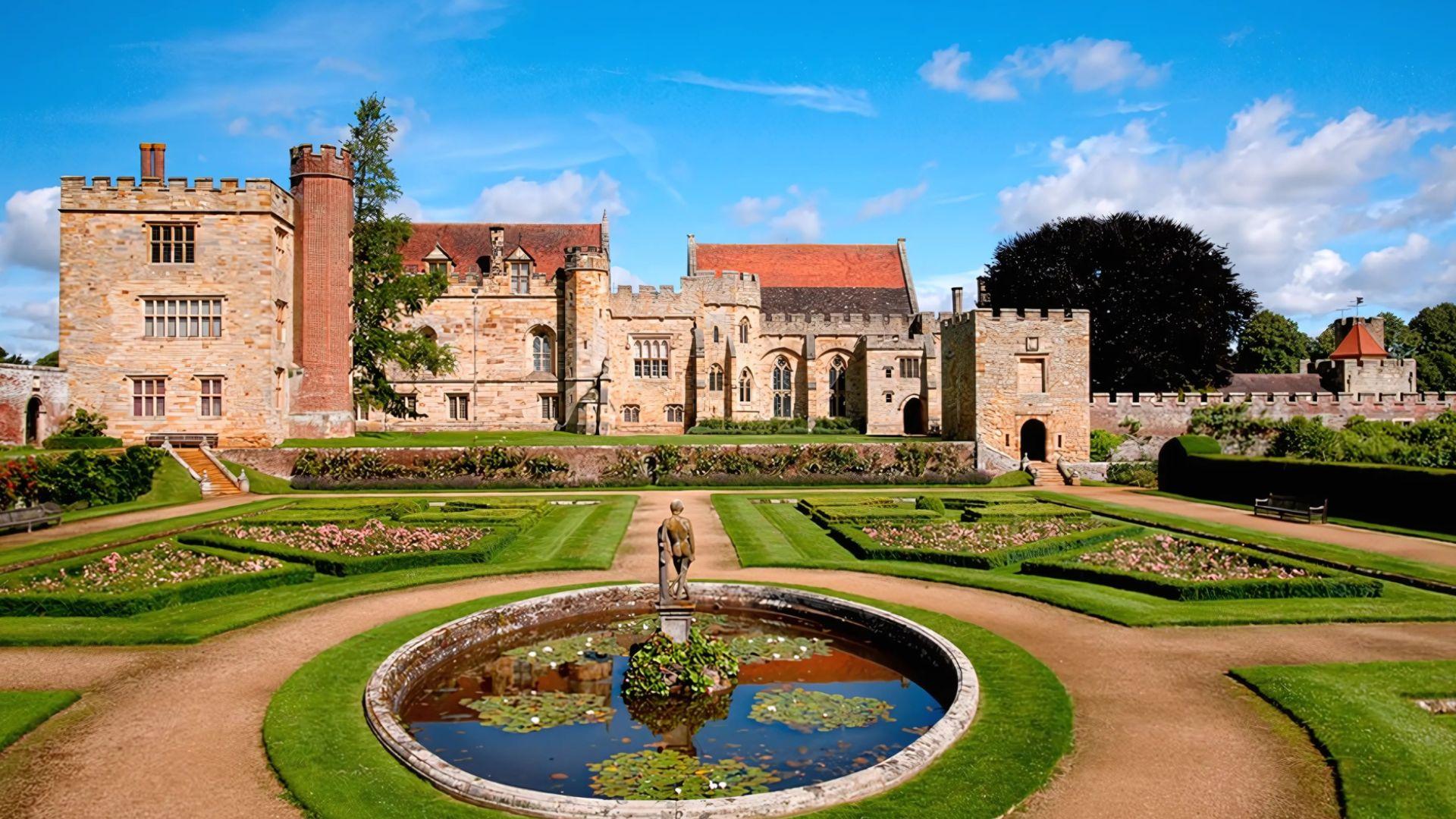
The historic home of the Sidney family since 1552, Penshurst Place boasts one of the best-preserved examples of a medieval great hall in England. Built in 1341, the Baron’s Hall has a central hearth and soaring timber roof.
The house contains fine tapestries, furniture, and armor spanning many periods. The Elizabethan gardens, with their mile-long boundary wall, include an Italian garden, a toy museum, and England’s oldest yew hedge.
9. Lyme Park, Cheshire
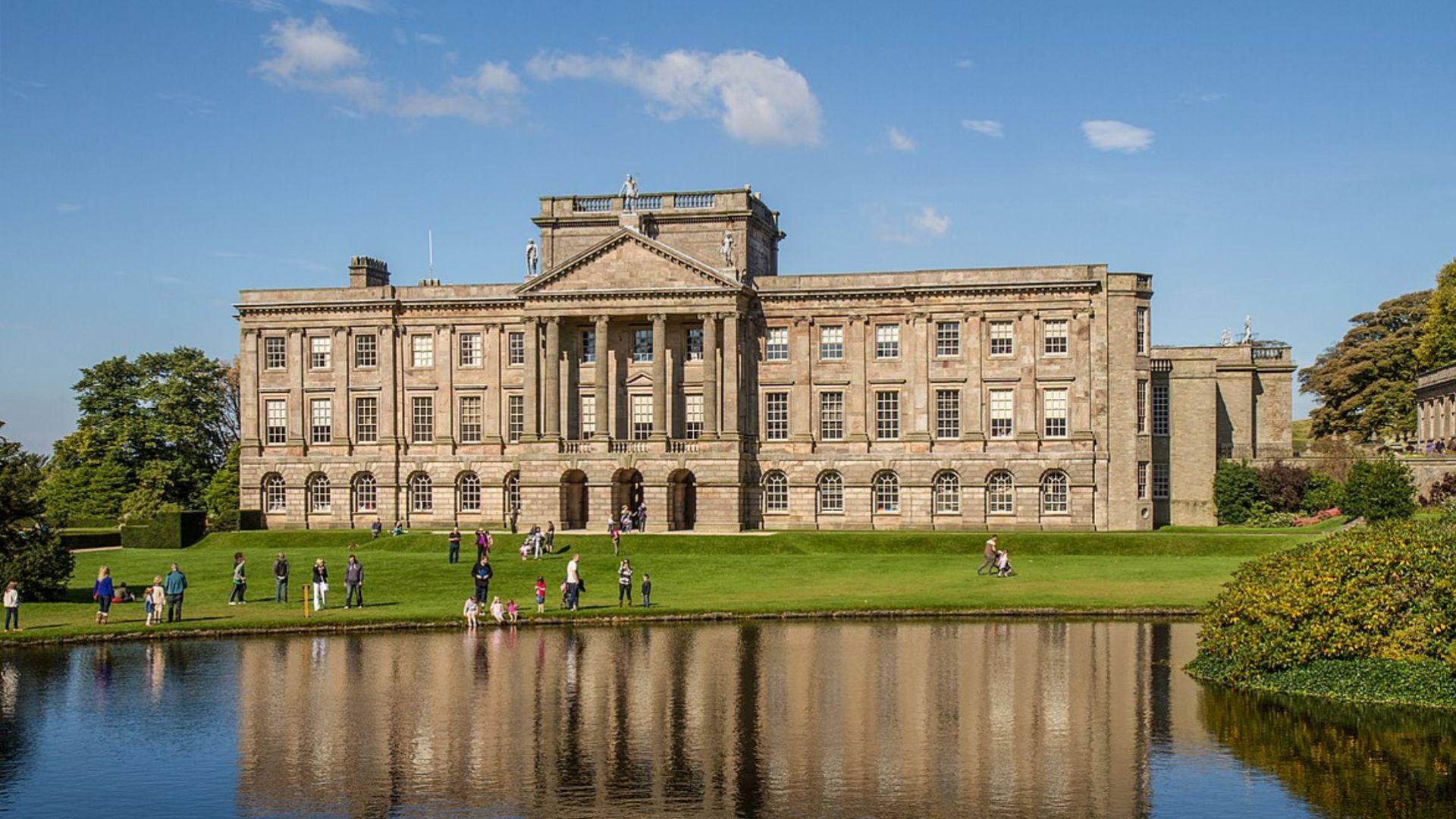
Best known for the Pride and Prejudice TV series, where Colin Firth’s Mr. Darcy emerged from the lake, Lyme Park blends Elizabethan and later styles. The house features rich Dutch tapestries, detailed woodwork, and the Mortlake tapestries in the Long Gallery.
The 1,400-acre deer park offers scenic walks and views of the Peak District. The formal garden includes a reflecting lake, rose garden, and the Dutch garden with its geometric patterns.
10. Lanhydrock House, Cornwall
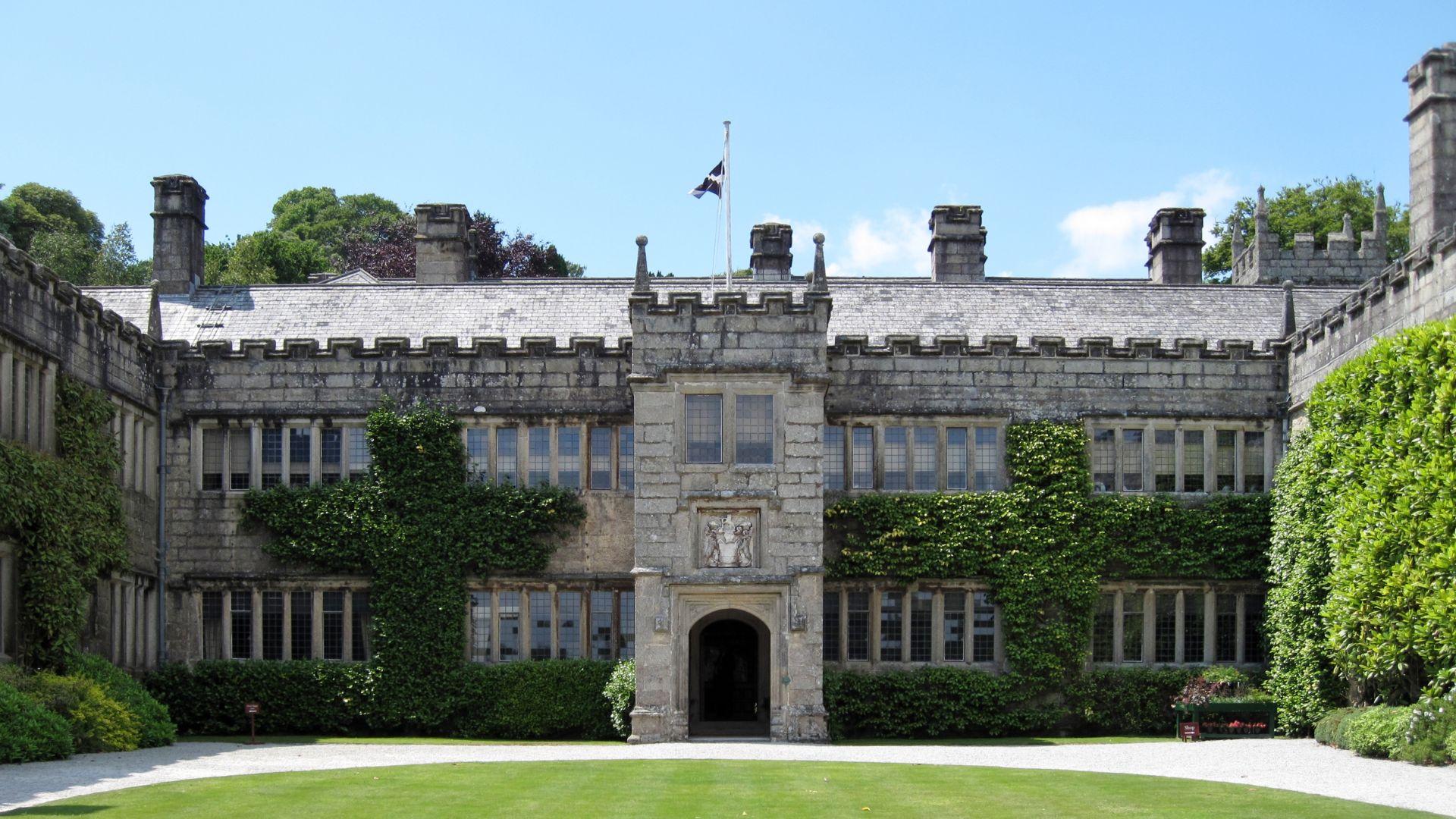
A late Victorian country house, Lanhydrock offers one of the best views of upstairs-downstairs life in England. After a fire in 1881, the house was rebuilt with modern conveniences while keeping its grand style.
Visitors can see both the family areas and extensive servants’ quarters with kitchens and offices. The estate includes a rare 17th-century gallery and 900 acres of woods and gardens, plus 30 miles of cycling trails around the grounds.
11. Knole House, Kent
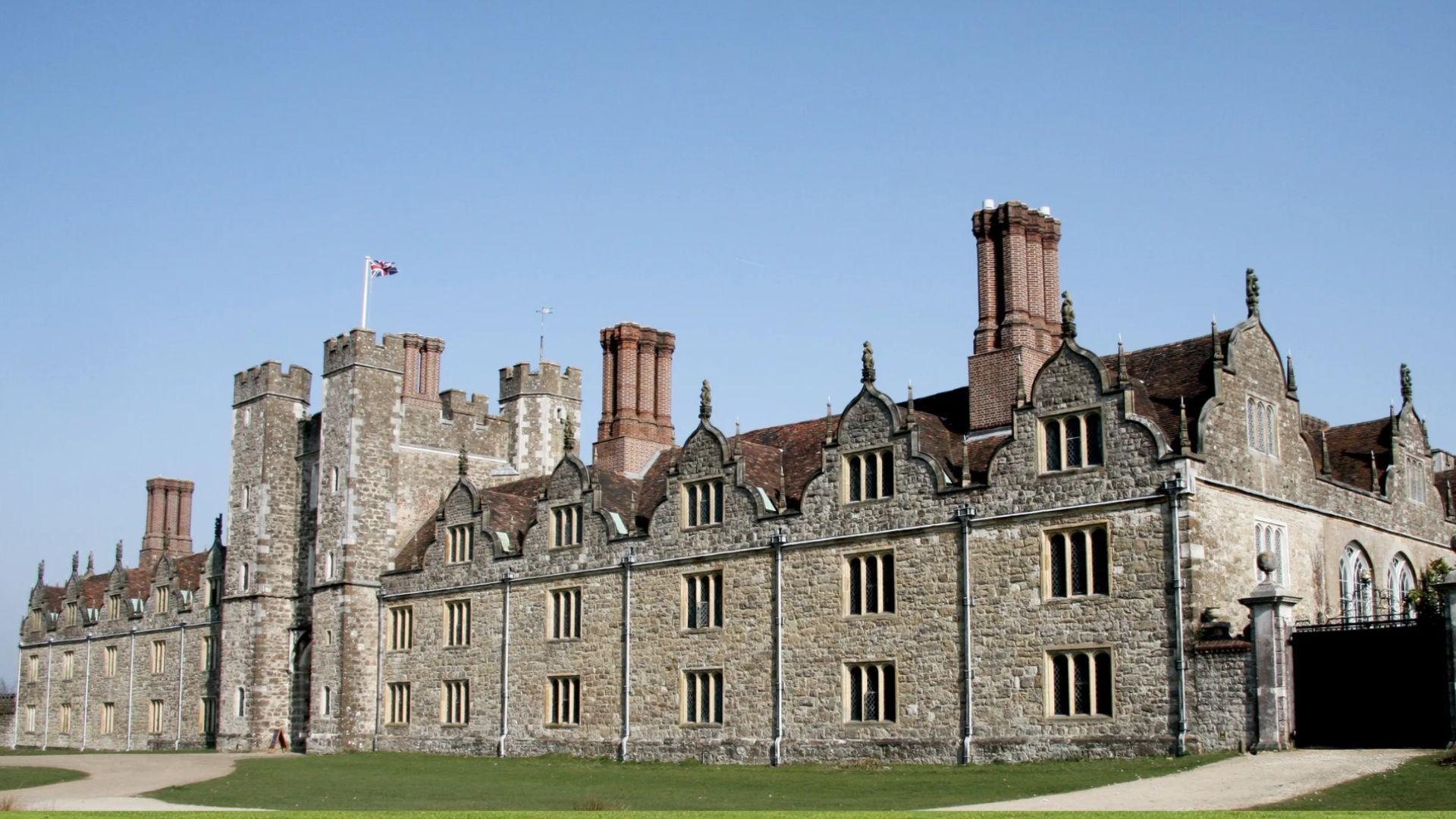
One of England’s largest houses, Knole spans over six acres with its maze of rooms and courtyards. Built in the 15th century, it later became home to the Sackville family.
The house holds an outstanding collection of Stuart furniture, textiles, and portraits. Visitors can walk through the showrooms to see rare silver pieces and the famous Knole sofas. The vast deer park surrounding the house offers beautiful views and walking paths through ancient woods.
12. Castle Howard, Yorkshire
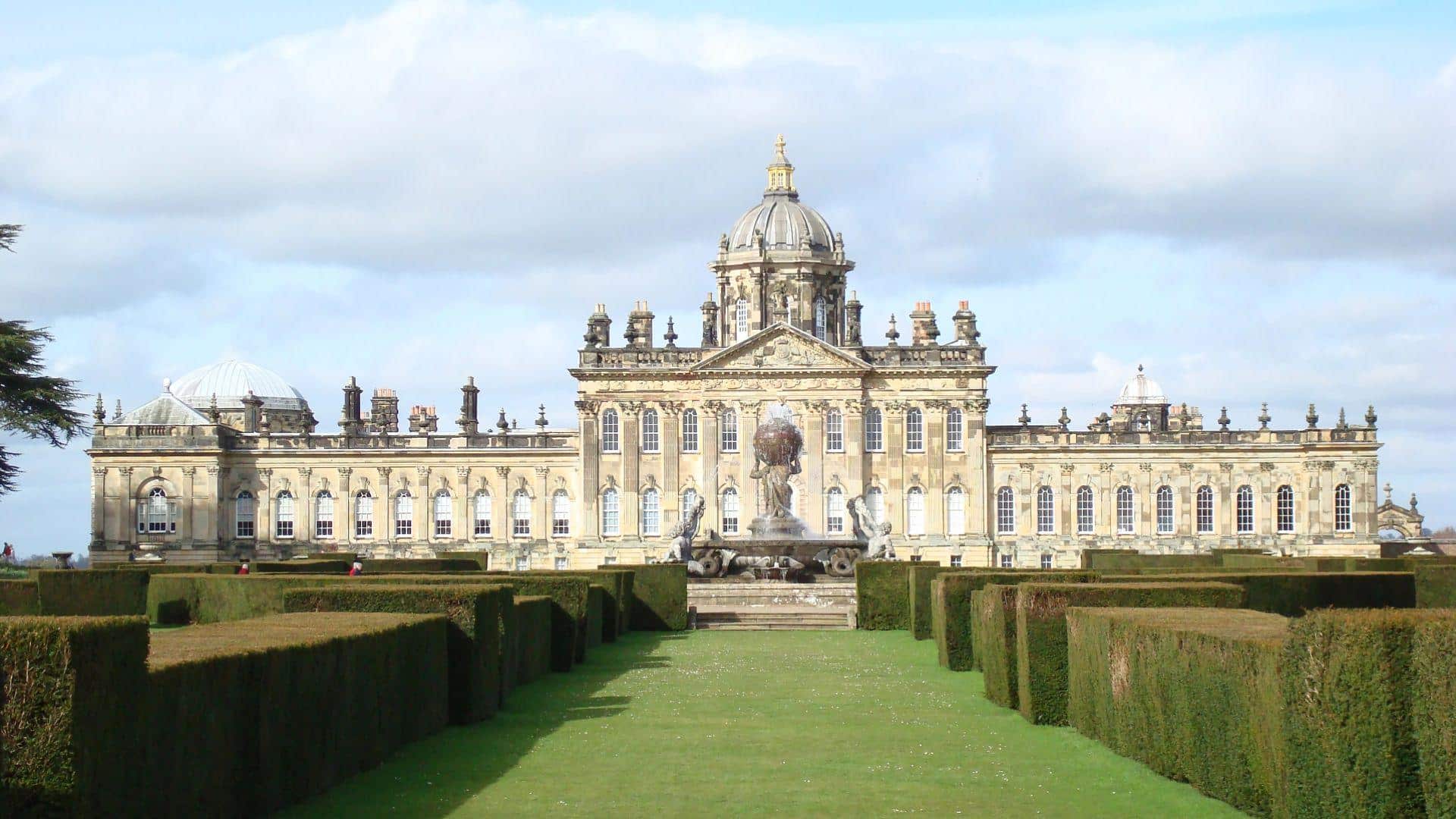
This grand house took over 100 years to complete and stands as a perfect example of the English Baroque style. Made famous in TV’s “Brideshead Revisited,” Castle Howard features a stunning dome, rich interiors, and priceless art.
The grounds include formal gardens, a large lake, and the notable Atlas Fountain. The house remains in the Howard family after more than 300 years and hosts various events throughout the year.
Tips for Visiting English Manor Houses
Planning your visit to English manor houses takes a bit of preparation. Here are some useful tips to make your experience more pleasant and worthwhile:
• Check opening times carefully – Many houses open only on specific days or during certain seasons. Some close for private events or maintenance.
• Book tickets in advance – Popular houses like Highclere Castle often sell out weeks ahead, especially during peak season.
• Allow enough time – Most manor houses need at least 2-3 hours to properly explore both the house and gardens.
• Wear comfortable shoes – You’ll walk a lot, often on uneven surfaces and gravel paths.
• Look for special tours – Many houses offer behind-the-scenes or themed tours that show areas not usually open to the public.
• Consider the weather – Gardens look best in spring and summer, but houses can be enjoyed year-round.
• Pack light snacks and water – Though most properties have cafés, they can be crowded during busy times.
• Take advantage of photography rules – Some areas allow photos while others don’t. Ask staff about current policies.
• Use public transport options – Many houses offer shuttle services from nearby train stations on busy days.
• Check for family activities – School holidays often feature special events for children.
Most importantly, talk to the house guides. They know fascinating stories not found in guidebooks and can point out easy-to-miss details.
The Influence on Popular Culture
English manor houses have shaped films, TV shows, books, and art for generations. These buildings offer more than just pretty backdrops—they help tell stories about British society.
Period dramas like Downton Abbey used Highclere Castle to bring early 20th century life into our living rooms. The show made millions of viewers care about both the wealthy families and their staff.
These houses appear in many classic films:
- Pride and Prejudice used Lyme Park for Darcy’s Pemberley
- Harry Potter filmed at Lacock Abbey and Hardwick Hall
- The Crown features several manor houses for royal scenes
- Bridgerton showcases Castle Howard and other stately homes
In literature, manor houses serve as important settings. Jane Austen’s novels often use country houses to show social status. Modern mystery writers still place murders in manor libraries and drawing rooms.
Video game designers create virtual manor houses for players to explore. Fashion designers take inspiration from the patterns, colors, and styles found in these historic interiors.
Even home decorating trends reflect the appeal of manor house styles, with people seeking to bring a touch of historic grandeur into everyday homes.
The lasting popularity of manor houses shows how they connect us to stories of the past while still feeling relevant today.
Conclusion
Manor houses tell us stories without speaking a word. From the ancient stones of Haddon Hall to the grand halls of Blenheim Palace, each building shows us how life in England changed over time.
These houses matter because they connect us to our shared past. When you walk through a Tudor doorway or stand in a Victorian kitchen, you feel the presence of those who came before.
The 12 houses in this guide offer windows into different times and styles. Some showcase art collections, while others feature famous gardens, but all offer something to think about.
Next time you’re in England, make time for at least one of these houses. The history, beauty, and quiet moments they offer can’t be found anywhere else.
Frequently Asked Questions
What is a Manor House in England?
A manor house is the main residence on a landed estate, historically owned by lords who controlled the surrounding land, farms, and villages under the feudal system.
What is English Manor Style?
English manor style varies by era, featuring elements like oak paneling, stone facades, grand halls, mullioned windows, and formal gardens, reflecting periods from medieval through Victorian times.
How Many English Manor Houses Are There?
About 3,000 manor houses remain in England today, though the exact count varies based on definitions. Many are now museums, hotels, or private homes.

